The Who Sell Out
Buy The Who Sell Out After establishing themselves as a successful singles band in the mid 1960s, The Who made a concerted effort to concentrate on making cohesive albums. This all commenced with […]
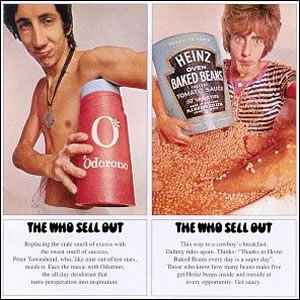
Buy The Who Sell Out After establishing themselves as a successful singles band in the mid 1960s, The Who made a concerted effort to concentrate on making cohesive albums. This all commenced with […]
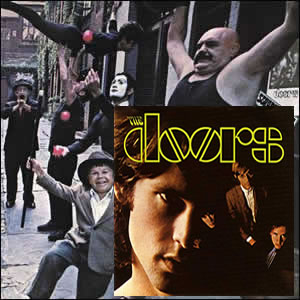
Buy The Doors Buy Strange Days I have been a fan of The Doors music since I was about 12 or 13 and have constantly gone back and forth over which is their […]
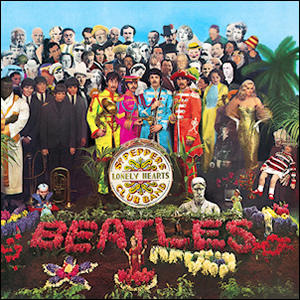
Buy Sgt. Pepper’s Lonely Hearts Club Band Buy Magical Mystery Tour There has never been (nor probably will ever be) a year in which a single band produced so much quality material as […]
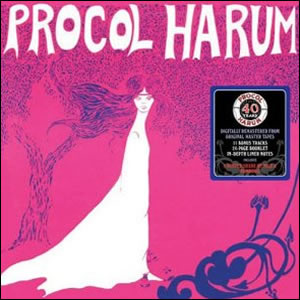
Buy Procol Harum Procol Harum released their fantastic eponymous debut at the end of the summer of 1967 but most listeners have not had an opportunity to hear it as it was created. […]
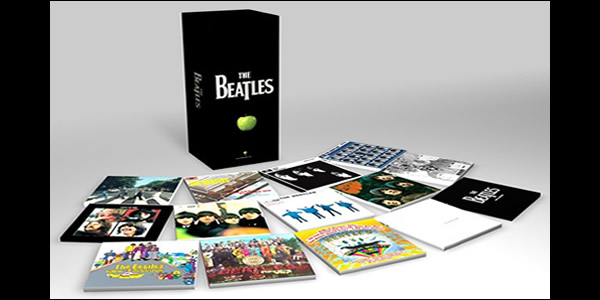
Ever since the beginning of the rock era, there have been compilations. As we mentioned in our very first special feature on The Album, long playing vinyl albums were simply a collection […]
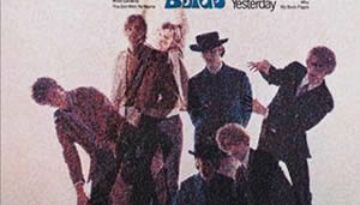
Buy Younger Than Yesterday The fourth album by The Byrds, 1967’s Younger Than Yesterday saw a continued evolution of the quartet’s sound towards a mature fusion of jazz and psychedelia and jazz into […]

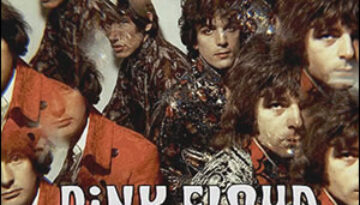
Buy The Piper At the Gates of Dawn The Piper At the Gates of Dawn is the legendary debut album by Pink Floyd and the only album during their Syd Barrett-led era. This […]
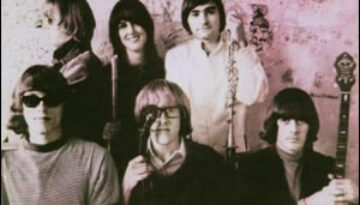
Buy Surrealistic Pillow Jefferson Airplane reached an early peak with their second LP Surrealistic Pillow. The album was the first album to feature vocalist Grace Slick, who made an immediate impact by bringing […]
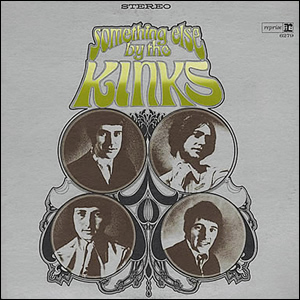
Buy Something Else by The Kinks Something Else by The Kinks was a transitional album which straddled the riff-driven pop songs of their early years and the more artful compositions of the band’s […]